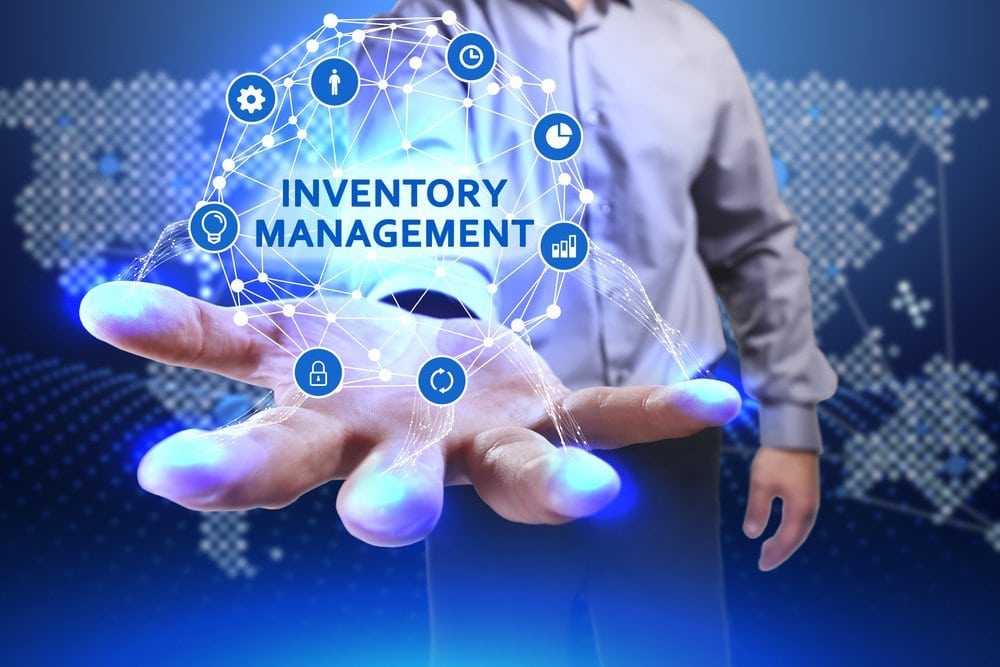The pain of managing return inventory is something every business owner has experienced at one time or another. As a business owner, it's hard to reconcile the fact that you spent time and money to get a product out the door, only to have it returned shortly afterwards. This is particularly painful if the return is due to something out of your control, like customer dissatisfaction with a product that's out of your control or faulty packaging.
There are ways to mitigate the pain of managing return inventory, but it starts with understanding the sources of customer dissatisfaction that lead to returns. Knowing why a customer returns an item allows you to address the issue so you don't have to keep experiencing the pain. It also allows you to spot trends and better prepare for what your customers might expect from you in the future.
For instance, if you have customers who return an item because they're not satisfied with its performance, it might be beneficial to create a customer satisfaction survey to gauge how well a product meets customer needs. Additionally, if a customer complains about poor packaging, it might be worth investing in higher quality packaging material.
While you can't always control customer dissatisfaction, you can use the insights from managing returns to create processes and products that are tailored to meet customer expectations. The key is to use customer feedback to find opportunities for improvement, and then create systems to ensure you provide a consistently high level of service.
Inventory tracking is also important for managing returns, and keeping detailed records of where your inventory goes and when can help you quickly identify and rectify any potential issues that arise. Knowing the details of when something is returned, and why it was returned, can be instrumental in helping you pinpoint the cause and find a resolution.
Utilizing automation software and robotics technology allows your team to work faster and smarter. By focusing on repetitive tasks, technology will enable you to meet your targets faster, accurately record the goods and significantly reduce errors. It also provides more data accuracy which can be used for more strategic decision-making.
Moreover, investing in automation software helps your company look professional and reliable. Customers often rely on the appearance of how well an organization is managed to make an opinion about its reputation and buying behaviour. Making sure you look on top of your processes and are up to date with technological advancements is key in the world of retail.
Finally, staying organized when it comes to return inventory is paramount. Creating efficient procedures to process and store returned goods is a must. Investing in automation software to manage returns and generate customer analytics can make the process easier, while providing insights that help you further refine customer service and product offerings.
The pain of managing return inventory is real, but with the right processes in place, it doesn't have to be overwhelming. By understanding the sources of customer dissatisfaction and implementing strategies to improve your product and platforms like Excess2sell, you can minimize the impact of return inventory on your business.

















